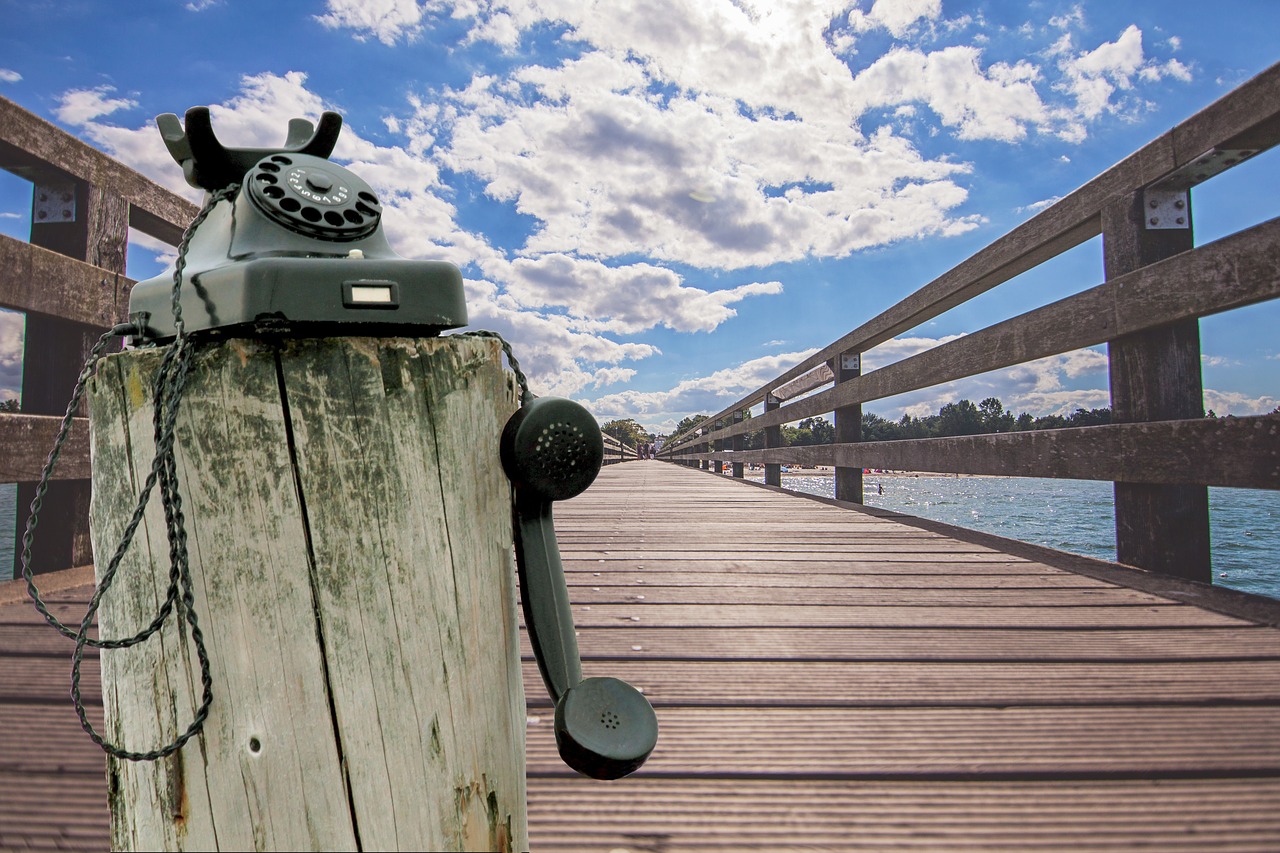[ad_1]
The new suicide hotline number 988 could be transformative in shaping mental health access in the future.
Elevance Health Inc.’s CEO highlighted the potential impact of the new 988 Suicide & Crisis Lifeline on the behavioral health industry.
Launched July 16, all texts and calls sent to the 988 dial code will be routed to the 988 Suicide & Crisis Lifeline. Elevance Health (NYSE: ELV) is playing a part in supporting people in distress that use the hotline.
“The launch of 988 is a game-changing shift in how mental health services are accessed in our country, and we’re proud to be part of this historic milestone,” Elevance Health CEO Gail Boudreaux said during the company’s second-quarter earnings call, according to a transcript of the call.
In September 2021, Beacon Health Options, an Elevance Health subsidiary, received its first contract in the Northeast to manage a crisis hotline for the New Hampshire Rapid Response System, according to a previous news release.
Elevance Health acquired Beacon Health Options, a managed behavioral care organization, in March 2020. Beacon is part of Elevance’s recently created health care services group, called Carelon.
“We manage behavioral health benefits inside of Carelon for more than 40 million consumers,” Boudreaux said. “And our expertise in this space was reinforced recently when Beacon, a Carelon company, was awarded a contract to participate in the operation of the new 988 National Suicide Prevention Lifeline.”
Boudreaux touted Evelance’s more-than-30-year history of leading on behavioral health management and said it’s a “major” driver of health care costs and holistic health.
The Federal Communications Commission staff first proposed 988 as a replacement for the 10-digit, 800 number to Congress in August 2019, according to an FCC news release. The shortened version of the dialing code acts as an equivalent to 911’s connection to local emergency services.
The evolution of 988
The FCC then adopted rules making 988 the new number for what was previously called the National Suicide Prevention Lifeline in July 2020.
In October 2020, then President Donald Trump signed separate legislation — the National Suicide Hotline Designation Act — into law
The lifeline is overseen by the Substance Abuse and Mental Health Services Administration (SAMHSA), a part of the U.S. Department of Health and Human Service.
In June 2021, SAMHSA awarded a contract to administer the 988 Suicide & Crisis Lifeline to Vibrant Emotional Health with $80 million of grant funding. In December 2021, SAMSHA announced that it would grant $282 million to help transition and operations of the 988 Suicide & Crisis Lifeline.
Vibrant Emotional Health, previously known as the Mental Health Association of New York City (MHA-NYC), worked with SAMHSA to launch the National Suicide Prevention Lifeline in 2005. Vibrant generated $75.8 million in revenue in the fiscal year ended June 30, 2020, according to public IRS information.
Advocates now look to statehouses to establish services that can serve people in mental health struggles in partnership with the 988 Suicide & Crisis Lifeline. The advocacy group The Kennedy Forum tracks 18 states that have introduced legislation that integrates a state response to the new lifeline.
During the first half of the year, the 988 number shared the agenda with youth mental health initiatives and workforce issues in many statehouses, according to previous BHB reporting.
While the impact of 988 remains to be seen, the McKinsey Health Institute finds that the American health care system could save $39 billion once the lifeline and all state responses are up and running.
The McKinsey Health Institute estimates that 988 within five years will result in as many as 8,500 life-saving interventions, address 6.5 million crisis episodes and field 2 million calls, answered by trained behavioral health crisis responders.
[ad_2]
Source link

